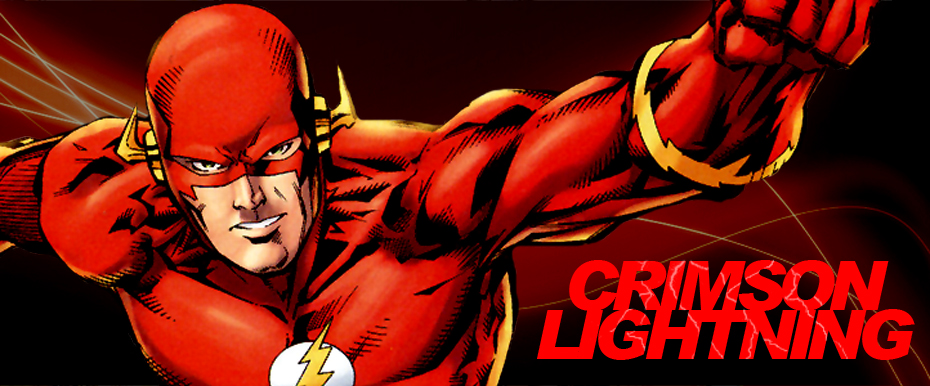 “Sight Unseen” (January 10, 1991)
“Sight Unseen” (January 10, 1991)Writer: John Vorhaus
Story: Gail Morgan Hickman & John Vorhaus
Director: Christopher Leitch
Editor: Bill Zabala
Synopsis: Star Labs is attacked by an invisible intruder who unleashes Project Pandora, a government-sponsored research project concerned with producing a lethal nerve toxin, and Tina McGee and her short-tempered supervisor are trapped in the ensuing quarantine lockdown! As a team of treacherous government operatives attempts to seize control of the situation, the Flash must locate and capture the unseen enemy behind this crisis before Pandora’s progeny can deliver death to Tina and the populace of Central City.
Commentary: This is a surprisingly suspenseful episode considering that it plays like The Flash’s first “bottle episode”--a restricted, self-contained story that takes place almost entirely on the show’s familiar standing sets. The scarlet speedster still has plenty to do, however, and the plot is multi-layered and moves along at a swift, entertaining pace. “Sight Unseen” also allows The Flash to revisit certain dominant themes as it considers the morality of the scientific research that produces chemical weapons. The episode’s invisible foe, Brian Gideon, isn’t some simple supervillain but a tortured and clearly conflicted soul who has decided upon desperate measures. One of the episode’s best scenes features the Flash attempting to talk him into saving the people of Central City rather than destroying them; as always, Barry Allen shines as an empathetic hero. (Watch for an immense reproduction of William Blake’s “The Great Red Dragon and the Woman Clothed in the Sun,” one of the show’s many magnificent murals, on Gideon’s wall.) This tale’s true villain is Quinn, a sinister government agent played with unsubtle menace by George Dickerson. Unfortunately, and despite his novelty as a third-party antagonist, the character is less believable than the episode’s invisible man. Quinn is absurdly, implausibly immoral and the conflict generated by his presence is sometimes frustrating or tedious as a result. On the other hand, Amanda Pays delivers what might be her most impressive performance to date as Tina McGee struggles to survive inside the locked-down Star Labs facility. The episode is packed with drama and remains suspenseful until the final frames. At the very least, “Sight Unseen” resists certain formulaic constraints and helps the series continue to prove that it is capable of exploring a variety of genres and story formats.
High-Speed Highlight: After being injected with Project Pandora’s deadly nerve toxin the Flash begins to vibrate his body at high speed, accelerating his metabolism and thereby discovering that his own blood is the miracle cure that he has been seeking.
Quotable: “We spend our lives blaming others but we’re all responsible. I sold them my knowledge and tried to pretend that I wasn’t responsible. But the people of Costa Luca know the truth. They paid with their lives. Soon Central City will pay the price for harboring the death merchants of Star Labs. I will taint the waters, I will poison the well, and they will drink their own destruction.” --Brian Gideon struggles with his conscience, attempting to justify his drastic actions

1 comment:
I'd agree, Kelson. Though later scenes convinced me to give Gideon a bit more credit, his behavior is definitely that of a typically over-the-top villain. It's the sort of thing that makes it seem as if episodes like this are trying to mimic the content of simplistic comic books.
Post a Comment